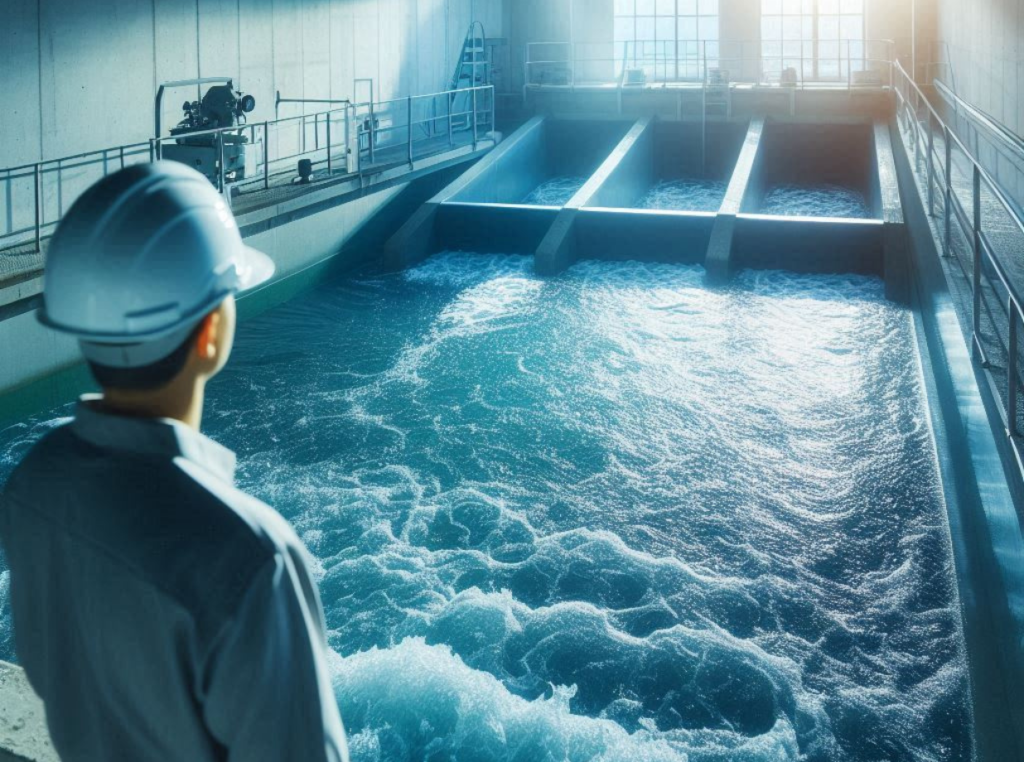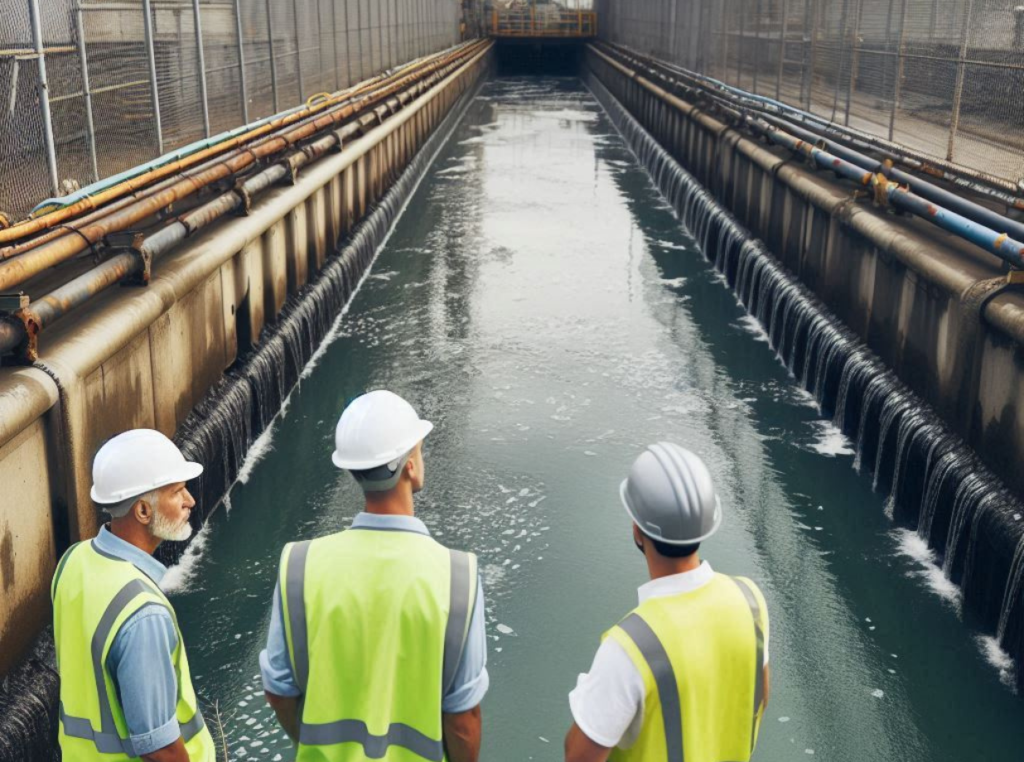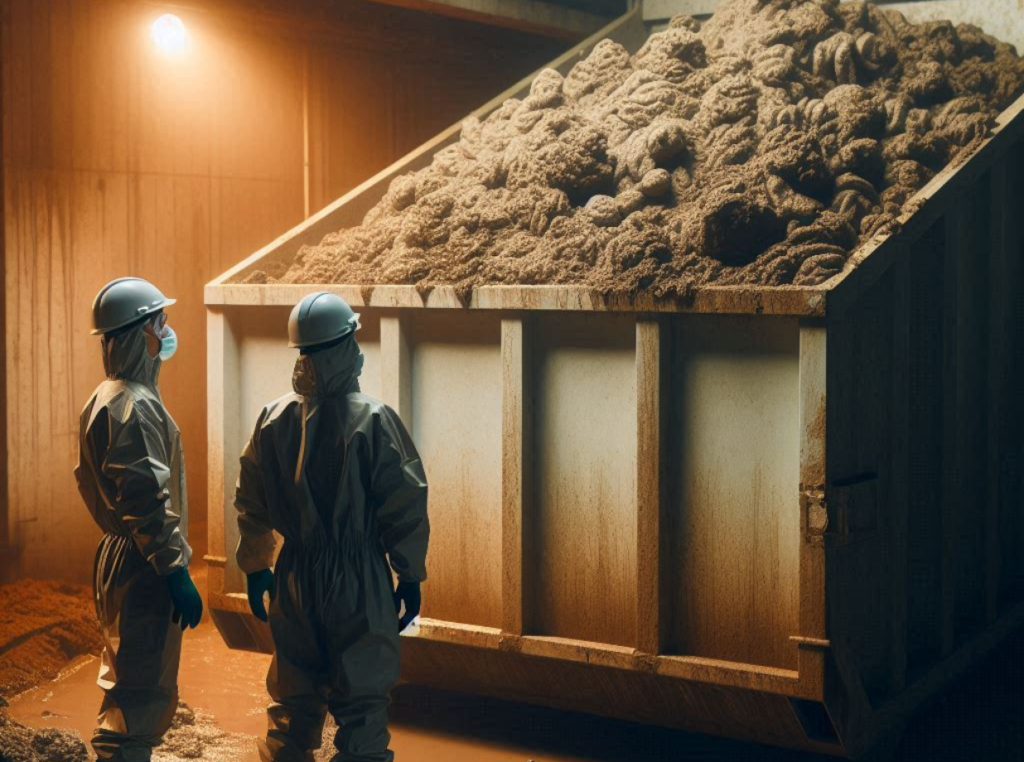Have you considered what steps are taken to purify our wastewater before it’s reintroduced into the environment? Let’s discuss one of the most critical processes in modern wastewater treatment—the Extended Activated Sludge Process (EASP). This method is crucial for optimizing wastewater treatment, ensuring that harmful pollutants are effectively removed.

Introduction to the Extended Activated Sludge Process
The EASP is an advanced technique utilized to treat wastewater using biological processes. In this method, microorganisms break down organic matter in the wastewater, converting it into inert substances. Unlike traditional methods, the EASP enhances the efficiency and effectiveness of the treatment by extending the time wastewater spends in the treatment system.
The Basics of Activated Sludge
Regular activated sludge treatment involves creating an environment rich in oxygen to foster the growth of aerobic bacteria. These bacteria consume organic pollutants, turning them into biomass and carbon dioxide. The sludge is then settled out, separating treated water for further purification.
What Makes EASP Different?
The extended process lengthens the aeration time, giving bacteria more time to breakdown waste. This extended time significantly improves the removal of biodegradable pollutants and nutrients like nitrogen and phosphorus.
Key Components of the Extended Activated Sludge Process
Understanding the main elements of the EASP will give you a better insight into how it works. Let’s look at some of the key components:
Aeration Tank
The aeration tank is where the magic happens. Air is pumped into this tank to encourage the growth of aerobic bacteria that feed on the organic matter.
Clarifier
After the wastewater has been treated in the aeration tank, it flows into the clarifier. Here, the heavier sludge settles at the bottom, and the clearer water, known as effluent, is directed for further treatment or discharge.
Return Activated Sludge (RAS)
In this part of the process, a portion of the sludge from the bottom of the clarifier is sent back to the aeration tank. This helps maintain the balance of microorganisms required for continuous treatment.
Waste Activated Sludge (WAS)
Not all sludge is returned to the aeration tank. Some of it, termed as waste activated sludge, is removed from the system to control sludge levels and maintain efficiency.
How Does EASP Optimize Wastewater Treatment?
Understanding the benefits of EASP in optimizing wastewater treatment will help you appreciate its importance and widespread adoption.
Enhanced Biological Activity
Due to the extended aeration time, microorganisms have ample opportunity to break down complex organic substances and nutrients more thoroughly.
Improved Nutrient Removal
EASP is particularly effective in removing nutrients like nitrogen and phosphorus, which can cause eutrophication in water bodies. This process helps in maintaining the ecological balance.
Reduced Sludge Volume
Extended aeration reduces the production of excess sludge, addressing one of the critical challenges in wastewater management.
Better Effluent Quality
With increased contact time and more effective breakdown of pollutants, EASP often results in higher-quality effluent, making it safer for discharge into natural water bodies.
Step-by-Step Guide to EASP
Understanding the step-by-step workings of the EASP will give you a complete picture of how this method optimizes wastewater treatment.
Step 1: Initial Screening and Grit Removal
Before wastewater enters the EASP system, it undergoes initial screening to remove large debris and grit. This prevents the clogging of pumps and pipes in subsequent stages.
Step 2: Primary Settling
In this stage, the wastewater is allowed to settle for a period. Heavier solids fall to the bottom, forming primary sludge, while the lighter, clarified water moves to the aeration tank.
Step 3: Aeration
This is the core of the EASP system. Here, oxygen is introduced through diffusers or mechanical aerators, promoting the growth of aerobic bacteria. The extended duration ensures thorough digestion of organic pollutants.
Step 4: Secondary Settling (Clarification)
The aerated water then enters the secondary clarifier. The biomass or activated sludge settles out, and the cleaner water is separated. Some of this sludge is recycled back into the aeration tank (RAS), and the rest is disposed of (WAS).
Step 5: Tertiary Treatment (If Needed)
Some plants incorporate additional treatment steps such as filtration, chemical disinfection, or UV treatment to further polish the effluent.
Step 6: Effluent Discharge
The treated water, now significantly free of pollutants, is discharged into rivers, lakes, or reused in various applications such as irrigation or industrial processes.

Benefits of EASP Over Traditional Methods
When compared to traditional wastewater treatment methods, EASP offers several distinct advantages.
High Nutrient Removal Efficiency
EASP excels in removing nutrients like nitrogen and phosphorus, making it particularly beneficial in areas prone to eutrophication.
Lower Sludge Production
According to research data, EASP can reduce sludge production by up to 50% compared to conventional methods. This helps minimize disposal costs and environmental impact.
Energy Efficiency
While the initial aeration energy requirements might be high, the overall energy consumption is optimized due to the reduced need for further treatments and sludge disposal.
Greater Flexibility
EASP can be adapted for various wastewater compositions, making it suitable for both municipal and industrial wastewater treatments.
Challenges and Solutions in EASP Implementation
While EASP offers numerous benefits, it’s essential to acknowledge the challenges and consider potential solutions.
High Initial Costs
The setup and installation of extended aeration systems can be expensive. However, the long-term operational savings and environmental benefits often justify the initial investment.
Operational Complexity
EASP systems require continuous monitoring and control to maintain optimal conditions for microbial activity. Implementing advanced control systems can address this challenge effectively.
Sludge Handling
Although EASP reduces the volume of excess sludge, proper handling and disposal methods must still be in place. Employing techniques like anaerobic digestion or composting can be beneficial.

Case Studies and Real-World Applications
Examining real-world examples can help you understand how EASP is applied and the results it has achieved.
Municipal Wastewater Treatment Plants
In urban settings, EASP has been adopted by several municipalities to handle large volumes of domestic wastewater efficiently. For instance, the city of Springfield adopted EASP in their water treatment facility, achieving a 95% reduction in biochemical oxygen demand (BOD) levels.
Industrial Wastewater Treatment
Various industries, particularly those generating high organic load wastewater like food processing and packaging, have successfully implemented EASP. The process has helped industries manage waste effectively while complying with stringent environmental regulations.
Agricultural Runoff Management
In agricultural regions, EASP is increasingly used to treat runoff containing fertilizers and pesticides. By removing excess nutrients, it prevents the contamination of nearby water bodies.
Future Prospects and Innovation in EASP
Innovation is vital in any field, and wastewater treatment is no exception. Let’s look at how EASP is evolving.
Improved Aeration Technologies
Advancements in aeration technologies, such as fine bubble diffusers, are optimizing oxygen transfer efficiency, reducing energy consumption and operational costs.
Advanced Monitoring and Control Systems
With the advent of the Internet of Things (IoT), real-time monitoring and advanced control systems are becoming commonplace. These systems help in maintaining optimal conditions for microbial activity, improving overall process efficiency.
Integration with Renewable Energy
Incorporating renewable energy sources like biogas from anaerobic digestion can make EASP systems more sustainable and energy-efficient.
Research and Development
Ongoing research in microbial ecology and bioengineering might lead to the development of more resilient and efficient bacterial strains, further enhancing the EASP process.

Conclusion
The Extended Activated Sludge Process is a powerful and efficient method for optimizing wastewater treatment. Its ability to enhance biological activity, improve nutrient removal, and produce high-quality effluent makes it a preferred choice in modern wastewater management. Embracing innovations and addressing implementation challenges will ensure that EASP continues to play a crucial role in safeguarding our water resources for future generations.
Frequently Asked Questions (FAQs)
What exactly is the Extended Activated Sludge Process?
The EASP is a biological wastewater treatment technique that uses extended aeration time to enhance the breakdown of organic matter and removal of nutrients by microorganisms.
What are the main components of an EASP system?
The primary components include an aeration tank, a clarifier, a return activated sludge (RAS) system, and a waste activated sludge (WAS) system.
How does EASP compare to traditional wastewater treatment methods?
EASP offers improved nutrient removal, reduced sludge production, better effluent quality, and greater operational flexibility compared to traditional methods.
What are the common challenges associated with EASP?
Challenges include high initial costs, operational complexity, and the need for effective sludge handling and disposal methods.
Can EASP be used for industrial wastewater treatment?
Yes, EASP is highly adaptable and can be used to treat both municipal and industrial wastewater, especially in industries with high organic load effluents.
What innovations are being integrated into EASP?
Advancements include improved aeration technologies, advanced monitoring and control systems, integration with renewable energy sources, and ongoing research in microbial ecology.
Is EASP cost-effective?
While the initial setup can be costly, long-term operational savings, reduced sludge disposal costs, and environmental benefits make EASP a cost-effective option in the long run.